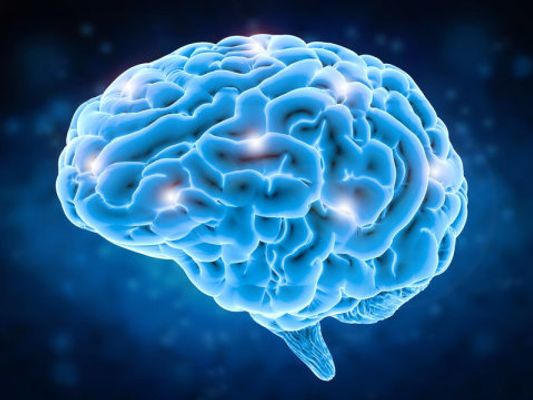1.2.1
The Multi-Store Model of Memory
The Multi-Store Model of Memory
The Multi-Store Model of Memory
To fully grasp retrieval practice, we need to have a contextual understanding and awareness of the distinction between the different types of memory: predominantly, short-term and long-term memory.
,h_400,q_80,w_640.png)
,h_400,q_80,w_640.png)
The multi-store model of memory
The multi-store model of memory
- A good starting point for understanding the key differences between short-term memory (also referred to as 'working memory') and long-term memory is the multi-store model of memory by Richard Atkinson and Richard Shiffrin.
- They proposed that memory consisted of three stores.


1) The sensory store
1) The sensory store
- The first is the sensory store, where new information is encoded.
- Subsequently, in the learning process, we begin at the attention and encoding stage. But it’s important to note that this is not the only stage in the learning process, it’s just the beginning.


2) The short-term memory
2) The short-term memory
- Information is then passed on to the second store: the short-term
memory.
- When we encounter new material, the information is stored for a very brief time in our short-term memory. This is because the capacity (how much information) and duration (how long we can store it) of our short-term memory is very limited.
- The length of time information can be stored in our short-term memory can vary between individuals - from a few seconds to a few minutes.


The duration of working memory
The duration of working memory
- Peterson and Peterson (1959) investigated the duration of working
memory and the various factors that cause working memory to decay.
- They concluded that almost all information stored in short-term memory and not rehearsed is lost within 18 to 30 seconds!
- That is alarming when we consider the implications for that in the classroom and this emphasises the importance of repeated exposure to content, concepts, vocabulary and skills.


3) The long-term memory
3) The long-term memory
- Finally, if information has been rehearsed and retained beyond short-term/working memory then it is then stored in what is known as our long-term memory.
- But it is not enough to be able to store that information in our long-term memory – we need to be able to retrieve it from there too.
,h_400,q_80,w_640.png)
,h_400,q_80,w_640.png)
The three stages of memory
The three stages of memory
- The three stages of memory discussed are classed as the encoding, storage and retrieval stages.
- This is based on the work of Arthur Melton (1963).
1A Brief Introduction to Retrieval Practice
1.1Introduction to Retrieval Practice
1.2Useful Information About Memory
2Research Findings on Retrieval Practice
2.1Benefits of Retrieval Practice
3Retrieval Practice in the Classroom
3.1Classroom Activities for Retrieval Practice
4Retrieval Practice & Revision Strategies
4.1Retrieval Practice & Revision Strategies
Jump to other topics
1A Brief Introduction to Retrieval Practice
1.1Introduction to Retrieval Practice
1.2Useful Information About Memory
2Research Findings on Retrieval Practice
2.1Benefits of Retrieval Practice
3Retrieval Practice in the Classroom
3.1Classroom Activities for Retrieval Practice
4Retrieval Practice & Revision Strategies
4.1Retrieval Practice & Revision Strategies
Unlock your full potential with Seneca Premium
Unlimited access to 10,000+ open-ended exam questions
Mini-mock exams based on your study history
Unlock 800+ premium courses & e-books